|
23/1/2019 0 Comments Memory @ Haji Lane
0 Comments
Nostalgic Singapura: Another happening spot in the heart of Singapore. This 70s photo features the original fountain and clock tower in front of a very famous (and still standing) departmental store. It's a favourite haunt of the Chinese during festivities. Can you guess where it is?
27/9/2015 0 Comments Nostalgic Singapura: Where Are We?Nostalgic Singapura: Here's a 70s photo of North Bridge Road. If you look closely, you can see the demolishing of old shophouses which will eventually be replaced by a commercial development to be named "North Bridge Commercial Complex." "Bugis Junction" will replace the row of shophouses to the right. The high-rise on the top right still stands today - Bras Basah Complex (colloquially known as "Book City").
10/4/2015 0 Comments A Kaleidoscope of Cultures II Singapore enjoys a truly cosmopolitan population, resulting from her geographical position and commercial success.
Established by Thomas Stamford Raffles as a trading post on 29 January 1819, the small sea town of Singapore soon attracted migrants and merchants from China, the Indian sub-continent, Indonesia, the Malay Peninsula and the Middle East. Drawn by the lure of better prospects, the immigrants brought with them their own culture, languages, customs and festivals. Intermarriage and integration helped knit these diverse influences into the fabric of Singapore’s multi-faceted society, giving it a vibrant and diverse cultural heritage. By the end of the 19th century, Singapore had become one of the most cosmopolitan cities in Asia, with major ethnic groups in the country being the Chinese, Malays, Indians, and Eurasians. Today, the ethnic Chinese form 74.2% of the Singaporean population, with the country’s original inhabitants, the Malays, comprising 13.3%. The Indians make up 9.2%, and Eurasians and Asians of different origins making up a combined 3.3%. Singapore is also home to many expatriates coming from countries as diverse as North America, Australia, Europe, China, Japan and India. As a reflection of its collage of cultures, Singapore has adopted one representative language for each of the four major ethnic or 'racial' groups. The four official languages in Singapore's constitution are English, Chinese, Malay and Tamil. Although Malay is the national language, English is the common language used for business, government and medium of instruction in schools. The presence of other languages, especially the varieties of Malay and the Chinese dialects, has obviously had an influence on the type of English that is used in Singapore. The influence is especially apparent in informal English, an English-based creole that is commonly known as Singlish. A badge of identity for many Singaporeans, it represents a hybrid form of the language that includes words from Malay, as well as Chinese and Indian languages. Almost everyone in Singapore speaks more than one language, with some speaking as many as three or four. Most children grow up bilingual from infancy, learning other languages as they become older. With the majority of the literate population bilingual, English and Mandarin are the most commonly used languages in daily life. While English is the main language taught in schools, children also learn their mother tongues to ensure that they stay in touch with their traditional roots. For the Chinese majority, Mandarin is the main language instead of dialects like Hokkien, Teochew, Cantonese, Hakka, Hainanese and Foochow. Mandarin became the second most commonly spoken language among the Singaporean Chinese after the start of the Speak Mandarin campaign during 1980 that targeted the Chinese. In 1990s, efforts were undertaken to target the English-educated Chinese. Explore the various cultural precincts and religious landmarks around the island and get acquainted with Singapore’s multicultural society. Whether you join a tour or discover your own Singapore, you’ll be sure to catch a glimpse of the impressive history, cultural diversity and lifestyles of Singaporeans during your visit to our city-state. 5/4/2015 1 Comment A Kaleidoscope of CulturesCulture diversity is what Singapore strives on. No matter where you walk, you'll see people of all cultures walking amongst each other. This is most evident at the many places of worship.
From Chinese and Hindu temples, to mosques, churches and synagogues, you can see them everywhere - even near each other. One such example could be found along Pagoda Street in Chinatown, where Sri Mariamman Temple, the oldest Hindu place of worship here, stands next to Jamae Mosque, which caters to the Tamil Muslims in Singapore. What makes life even more interesting, and perhaps more reasons to celebrate, is the cultural celebrations throughout the year. In January, look forward to Thaipusam, a Hindu festival dedicated to Lord Subrahmanya (or Murugan). Also happening around the same time is Chinese New Year, which is celebrated with much gusto, particularly in Chinatown. Have you said hungry? Well, the rich heritage of Singapore is also evident in the wealth of food choices available. Food centres or "hawker centres" as the locals call it, such as Maxwell Food Centre are one-stop venues with different ethnic cuisines all under one roof! Newer additions to Singapore’s colourful “foodscape” include celebrity restaurants and trendy eateries in heritage districts. In fact, there's quite a few good eateries and watering holes in the area of our studio. You should enquire about them while you're here! The city’s retail spots are also a multicultural treasure trove. Treat yourself to Chinese knick-knacks, antiques and jewellery at Chinatown Complex along Smith Street, or explore the quirky stores in Arab Street for unique gifts and curios. Singapore’s people are also bound together by one common language: Singlish (short for Singaporean English), a delightful slang consisting of English, Malay, Hokkien, Teochew, Cantonese and Tamil words. If you find yourself in need for words to use, head over to the Official Singlish Dictionary to pick up a few good Singlish words to use while basking in Singapore's glorious sunset! Visit the official Singapore's Chinatown website for more details about what to do and where! 5/4/2015 0 Comments Travel Singapore in INK!In this new fortnightly blog, we will introduce you, our dear fans and supports, to the lively scene within what is affectionately called the "little red dot."
Yes folks, Singapore is known as a shopping haven and a financial powerhouse among Asia. And while that is true, it is home to some of the most talented body artists as well. Besides good tattoos (which you can surely get from Memory Lane!), there are also a ton of sights and sounds to explore. As a majority of our clients are tourists and people from all over the world, we would like to take an opportunity to introduce our beloved nation to you. What better way to do this, then to start a fortnightly column just to write about all the possibilities awaiting those who dare to explore this city state? If you're reading this, dear old reader, then brace yourself (and return every so soon), to absorb and soak in all the multicultural possibilities that awaits! |
About Singapore
Explore our tiny little red dot beyond the lively body art scene! Archives
January 2019
CategoriesAdvertisement:
|
|
© 2015-2024 Memory Lane Tattoo Studio
|
Website maintained by SingaporeLtd.com
|
Singapore Tattoo, Tattoos, Singapore, Best, Art, Tattoo, Studio, Shop, Parlor, Custom Design, Female, Tattoo Artist, Forum, Tattooist, Price, Cost. Singapore Painless Tattoo. Singapore Tattoo Shop. Apple Qu, Memory Lane, 新加坡, 新加坡著名最好的纹身店. 本刺青店有女纹身师, 定制设计东方新传统纹身, 日本欧美纹身, 毛利图腾纹身, 纹身价格论坛, 新加坡无痛纹身

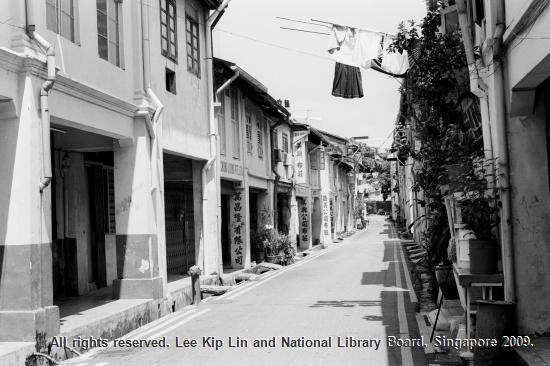
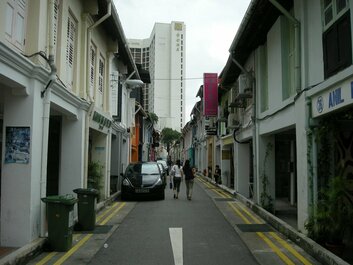
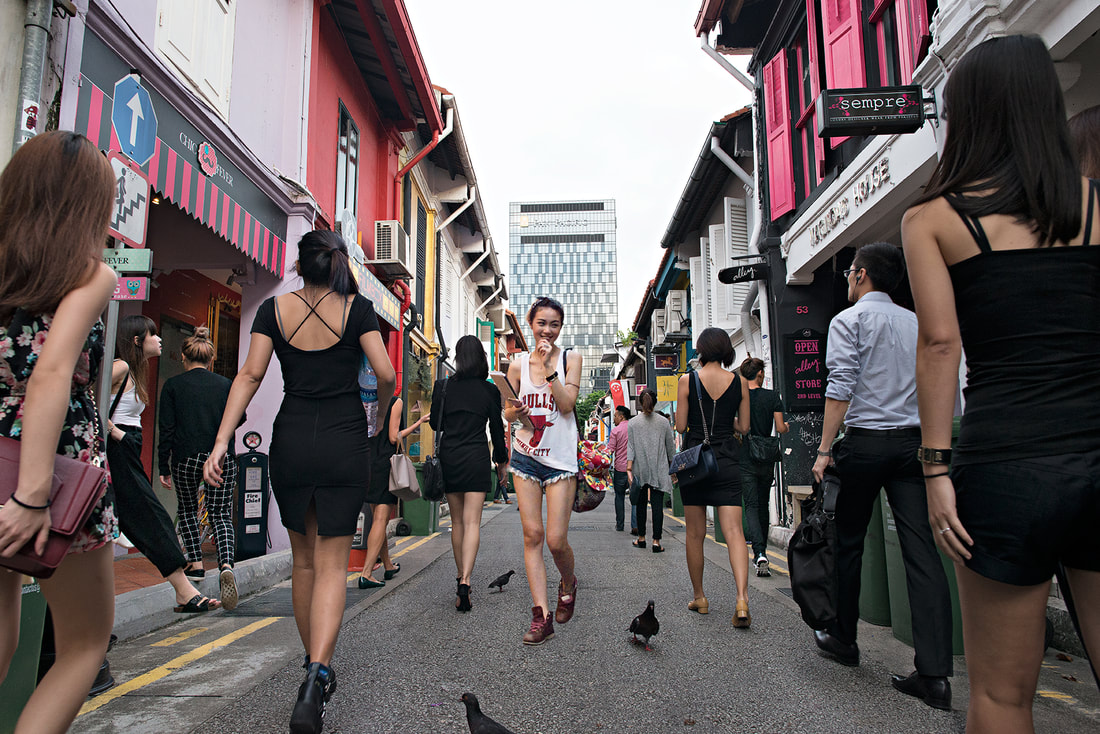
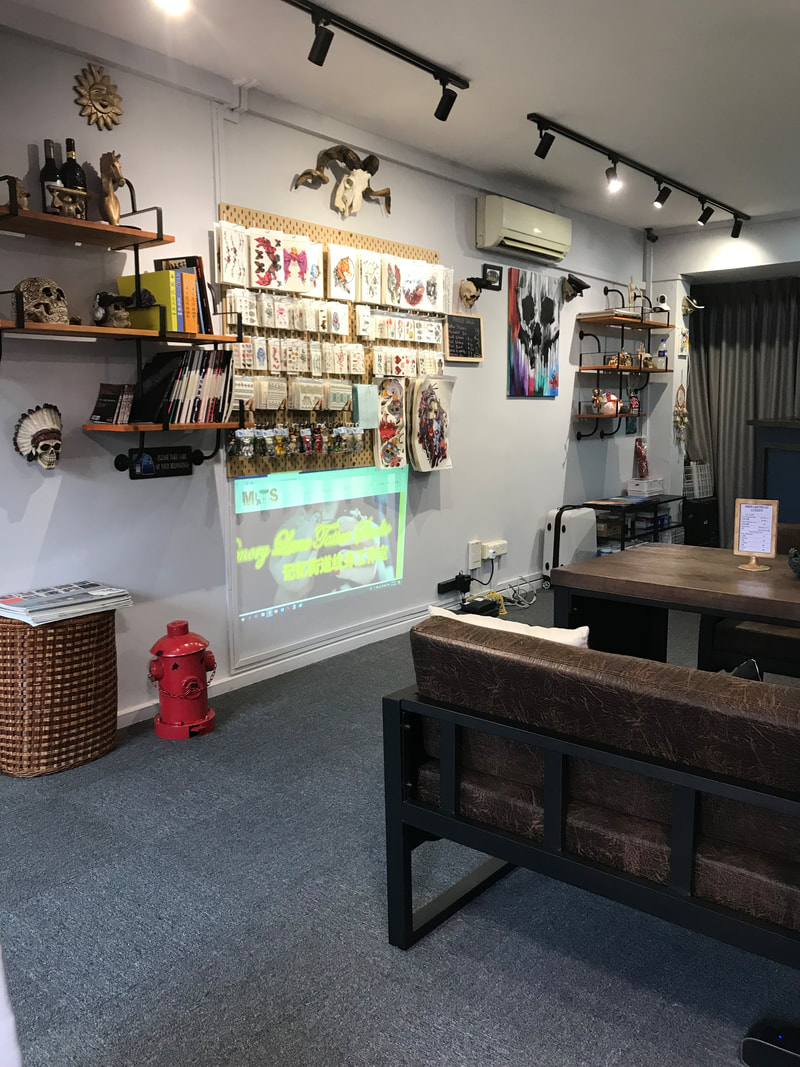
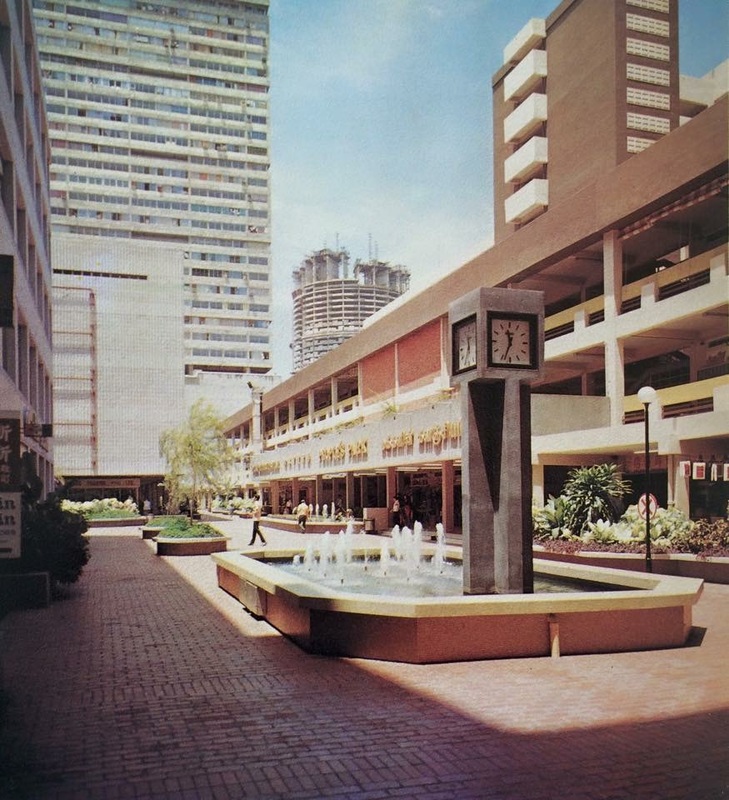
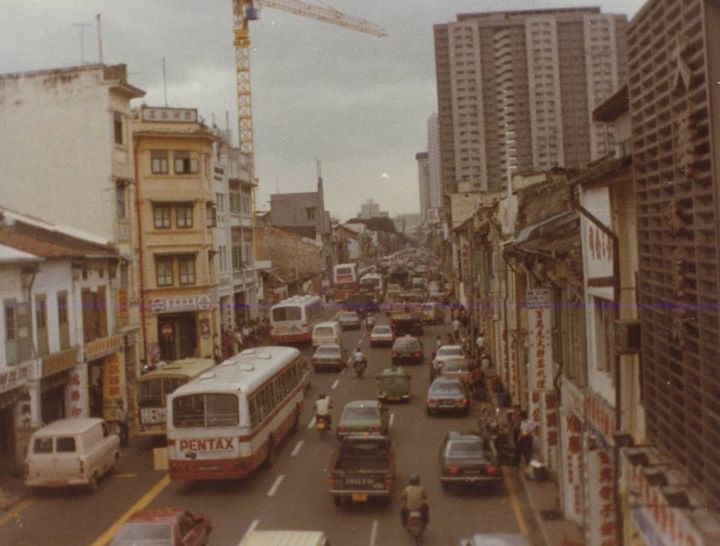
 RSS Feed
RSS Feed
